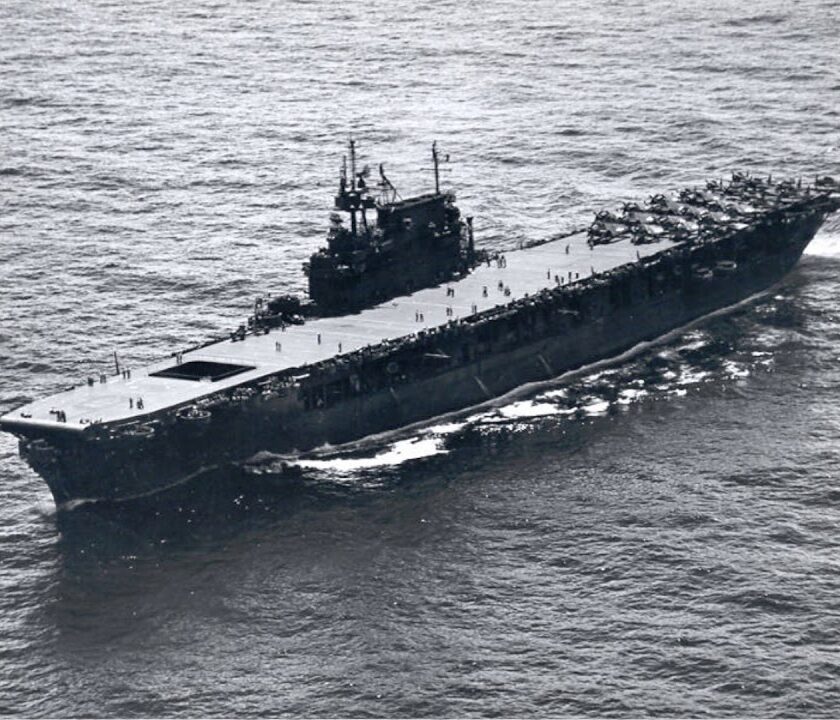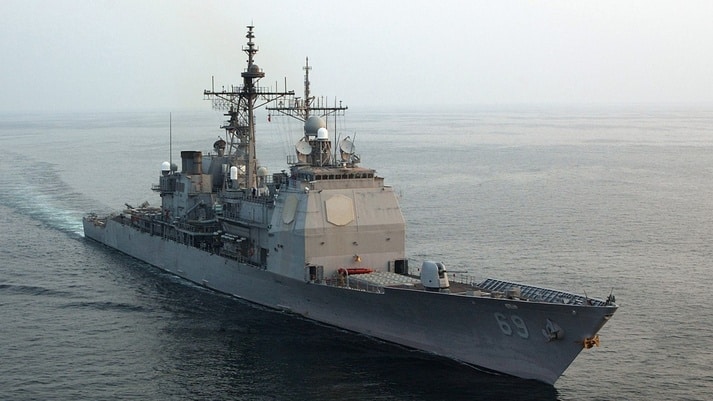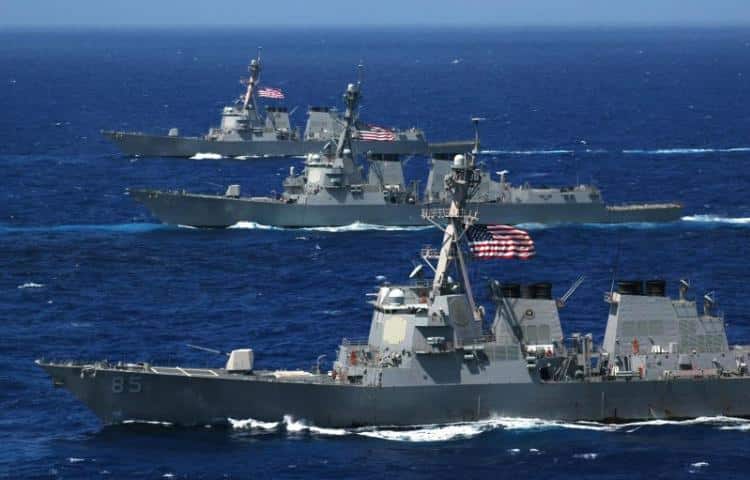After a long blockage in Congress having no relation to the US Navy, Admiral Lisa Franchetti was appointed, on November 2, 2023, Chief of Naval Operations, or CNO according to the established English acronym, thus becoming the first woman chief of staff of an American army.
She took the oath the same day. Indeed, the US Navy could no longer wait, having been, for several years, in a very difficult situation, in particular with regard to the evolution of its surface fleet, after several programs as expensive as they were ineffective, and blatant instability in programming.
It is precisely on this subject that Admiral Franchetti engaged in a striking comparison, particularly in the United States, on the occasion of the annual conference of the Navy Surface Association, a few days ago in Virginia. According to the American general officer, the situation in which the US Navy surface fleet finds itself today would be comparable to that which was in the early 30s...
In this section:
The US Navy emerging from the Great Depression
It is true that there are many points of comparison with this period which allowed Pearl Harbor, the Pacific War and, to a lesser extent, which made the Battle of the Atlantic so difficult.

Coming out of the Great Depression of 1929, the American fleet, and more particularly its surface fleet, was much less efficient than it had been before, particularly during the First World War. Three simultaneous factors created this situation.
First, the average age of the fleet was increasing rapidly due to a lack of investment in ship renewal, while budgetary revenues had decreased significantly due to the anti-war movement following the First World War and the economic crisis. of 1929, which strongly affected the country's economy with a GDP which rose from $147 billion in 1929 to $115 billion in 1932, and the effects of the budgetary capture of Roosevelt's New Deal, which was not oriented towards the defense industry.
At the same time, the Imperial Japanese Navy had experienced rapid growth over the same period, allowing it to surpass, in number of ships, but also in available operational capabilities, the US Navy from 1938.
However, the efforts made during the 30s to renew the US Navy fleet, from design to the evolution of industrial tools, made it possible to produce 95% of the American naval units that participated in the Second War. world, and which continued to sail long after this one.
A negative balance of frigates, destroyers and cruisers for several more years
The similarities with the present situation are obvious, although some major differences can be identified. As in the 30s, the American fleet, in particular its surface combatant fleet, is aging, while a significant part of it will soon reach its age limit and must be withdrawn from service.


75% of this article remains to read,
Subscribe to access it!
The Classic subscriptions provide access to
articles in their full version, and without advertising,
from 6,90 €.
Newsletter subscription
Register for the Meta-Defense Newsletter to receive the
latest fashion articles daily or weekly

